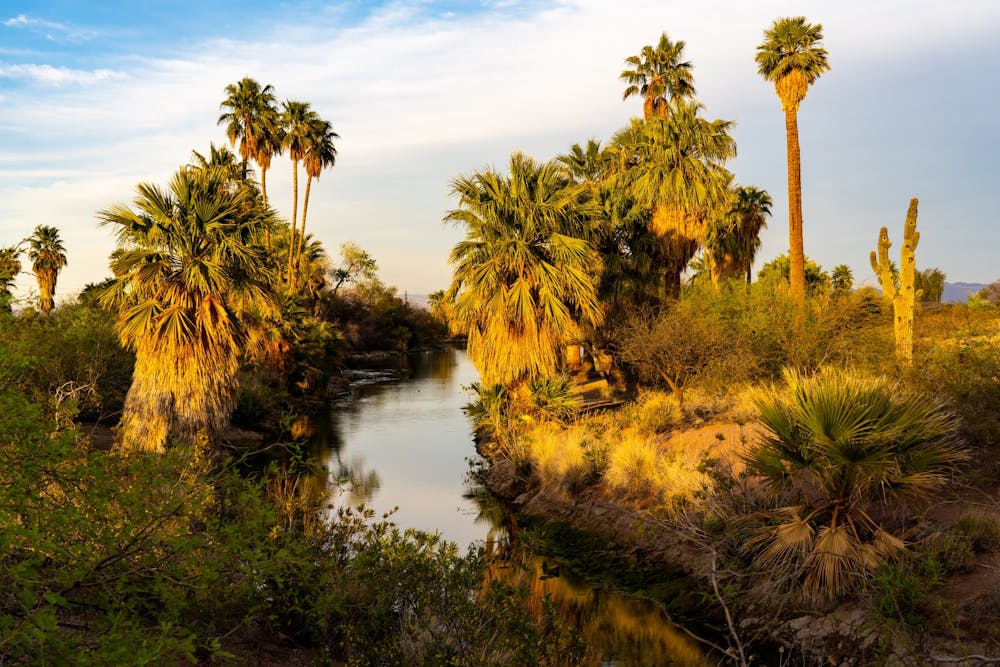The City of Tempe is making its parks more water efficient through reducing grassy spaces, according to plans discussed in a Parks, Recreation, Golf and Double Butte Cemetery Advisory Board meeting Wednesday.
Alex Jovanovic, deputy director of community services for parks, said Tempe's community services received a grant from the Water Infrastructure Finance Authority of Arizona to put toward water conservation.
The city could transform more than 27,000 square feet of non-functional turf into desert landscape with just over $100,000 from the water conservation grant and rebate funds.Non-functional turf includes grass areas that are inaccessible and not utilized for active recreational programs, drainage conveyances, storm basins or erosion control, according to the City of Tempe's website.
The grant will fund two existing turf-reduction projects in Creamery and Goodwin parks, allowing community services to gather more resources and apply their current funding elsewhere. Tempe plans to participate in a new wave of applications in the same grant program to receive up to $500,000 more for water conservation.
Max Wilson, the water conservation coordinator at the City of Phoenix Water Services Department, said that areas of grass tend to have the most concentrated water use in cities. However, he said grass plots take up a small percentage of Arizona's water supply compared to agricultural and residential areas.
"If you just look at which individual square inches of landscape within a city use the most water, those tend to be our grassy areas," Wilson said. "Whether that's at a house, a golf course or a park, grass is a very water-intensive land use type."
Tempe is offering rebates for single family residential properties to replace grass lawns with xeriscape, a low-water-use landscape that desert plants can grow on. The replacement of grass with xeriscape can reduce the water use of a landscape by 50% or more, according to the rebate’s description.
Sarah Porter, the director of ASU's Kyl Center for Water Policy, said parks are environmentally essential in urban areas despite their heavy water use.
"Parks provide important environmental services," Porter said. "They’re cooling. Plants are some of the best air conditioners we have for outdoor areas."
Beyond their environmental benefits, Porter said that parks provide irreplaceable services for the well-being of a community and should not be sacrificed for water efficiency.
"I don't think everybody would agree that we should get rid of parks so that we could have more urbanization. I wouldn’t want to live in a city that didn’t have significant park spaces," Porter said. "I like our desert parks, but I also think our higher-water-use park spaces are important as places for people to go to recreate, to clean the air and to provide cooling."
Edited by Alysa Horton, Alexis Waiss and Shane Brennan
Reach the reporter at pjhogan2@asu.edu and follow @PhineasHogan on X.
Like The State Press on Facebook and follow @statepress on X.




